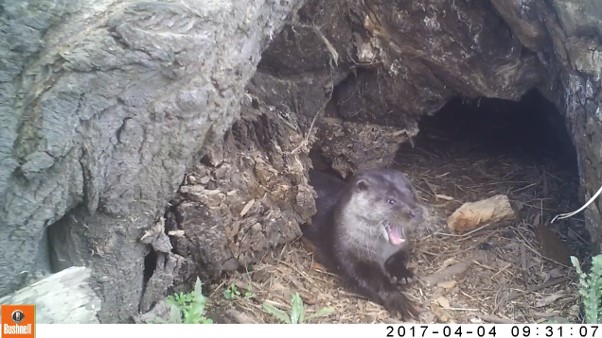Academia SIG Case Study: Increasing Research Impact through Academia
Promoting the use of Research Evidence in Professional Practice and Academic-industry Links
As academics, we know that research papers – and the peer-review process that comes along with them – are important. Increasingly, however, the impact of our work is being measured in more than just a ‘star-rating’ of a journal article. Part of the upcoming Research Excellence Framework (REF) in 2021 are Impact Case Studies, first seen in REF 2014. Impact is defined for REF as “an effect on, change or benefit to the economy, society, culture, public policy or services, health, the environment or quality of life, beyond academia”, and these Case Studies are where this impact is documented and quantified. The weighting of impact case studies within an institution’s REF submission has been increased from 20 to 25%, reflecting how important this is now considered.
In the December 2018 issue of In Practice you may have spotted an article “Optimising Camera Trap Data Quality at Mammal Resting Places” authored by a consultant ecologist (Melanie Findlay MCIEEM) and two academics (Rob Briers and Patrick White MCIEEM, from Edinburgh Napier University). You may also have seen a couple of CIEEM training courses in the last two years, run by the same team, entitled “An evidence-based approach to camera-trapping”.
The research we are doing, on improving the evidence-base for camera-trap surveying (of otters and beyond) came about because of a collaboration between an ecological consultant, who realised that a survey method needed clearer and better-founded guidance, and academics, who had the tools to design studies that could address this gap. Importantly, CIEEM was the crucible for this collaboration (we first met through a CIEEM training course), but we soon also realised that CIEEM could be a forum for us to generate real impact for our work.
With a network of thousands of professional ecologists and environmental managers across the UK, there are many impact-generating opportunities within CIEEM. In addition to In Practice articles or training courses, other examples might include webinars, member events or conference talks. The real impact occurs when our research genuinely improves professional practice, helping to protect and enhance our natural environment; but as academics we are also asked to document and quantify that impact, and working with and within CIEEM may be one means to do that. Collaborating with practitioners themselves may also allow us to focus on work that is likely to have the most immediate impact – by helping us find the key applied research questions that might need our attention most urgently.

Male otter emerging from a resting site, from camera-trap footage (Melanie Findlay).
